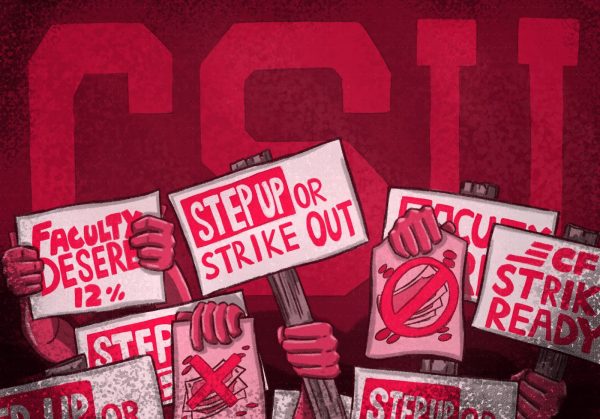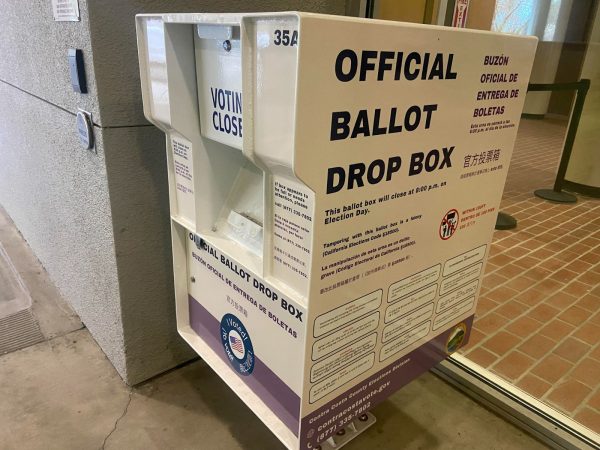Job market changes majors
DVC’s Vice President of Instruction(Interim) Rachel Westlake discusses current trends in college majors in her office in the Administration Building on Tuesday, Sept. 1, 2015.
September 8, 2015
The percentage of college students in most majors hasn’t changed much over the last several decades, but there are some dramatic exceptions and some fascinating new choices in majors. Also, there are some surprises in employment prospects for both liberal arts and Science Technology Engineering and Math (STEM) majors.
In recent years, the most popular majors are business, social sciences, history, health professions, psychology and education. The percentage of business undergraduate degrees has doubled in last four decades, primarily because more women are going to college and 1 in 10 of them are majoring in business. The number of students choosing computer science as a major has declined since 1986 and only 11% of students choose STEM majors. However, the number of students graduating in the fields of engineering, physical science and science technologies has increased drastically between 2001 and 2012. According to DVC’s Vice President of Instruction Rachel Westlake, “(DVC) has devoted significant resources to developing support structures for STEM students.”
Majors that have increased at least 30 percent between 2006-07 and 2011-12 include parks, recreation, leisure, fitness studies, homeland security, law enforcement and firefighting. English and education majors have significantly decreased while the number of psychology majors has surged.
Many schools are developing new majors, primarily in the areas of science, technology, engineering and math to adapt to the changing global economy. These relatively new majors include biometrics, computer game design, robotics and cybersecurity. Westlake explained that DVC has recently revamped several majors and added new majors, such as animation and machine technology, to respond to the changing needs of the marketplace. Multidisciplinary, also known as interdisciplinary majors, where students take classes in several different fields and often design their own curriculum, increased 42% between 2006-07 and 2011-12.
Reportedly, computer science and computer engineering graduates are the hottest commodity and highest paid entry level employees on the job market. However, information technology jobs have among the highest levels of unemployment. According to a survey done by a sociologist at the Census Bureau, almost 75 percent of those with bachelors degrees in STEM fields don’t work in STEM jobs, although there is a wide variety of opportunity for STEM graduates in several fields in which technical knowledge is required.
A liberal arts degree also provides job opportunities. DVC’s English Professor Jessica Barksdale explained that skills like clear and concise communication acquired in composition classes, are critical to success in the workplace. In a study done by the Association of American Colleges and Universities and the National Center for Higher Education Management Systems, employers reported a positive view of candidates with a liberal arts degree with 74 percent saying this education is “the best way to prepare for success in today’s global economy.”
DVC’s Transfer Service Coordinator Tina Wade offered this advice to college students in selecting a major, “Try different courses, pick those that are interesting and in line with your long term goals and the goals of those who care about you and also take into consideration the labor market.”














































































